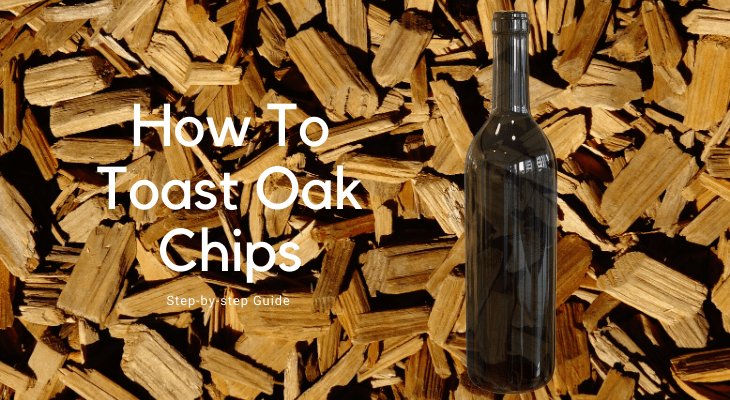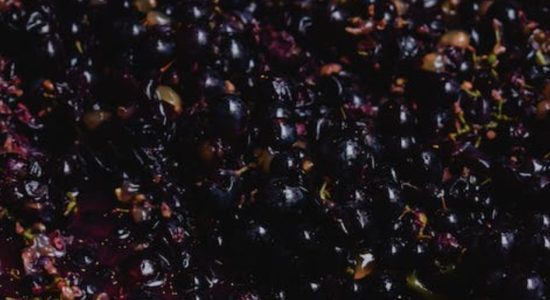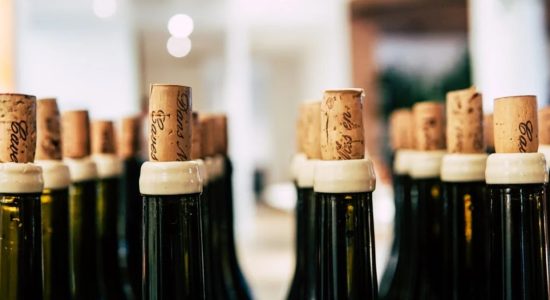How to Toast Oak Chips for Wine Making » Step-by-Step Guide

The benefits of making your own wine is that you can make it exactly how you want to. To reach the taste you want, there is an array of indicators you would need to know. Like best bets about oak in your wine, how to prepare it correctly or even what the oak actually are doing for wine.
How To Toast Oak Chips For Wine Making? While talking about using oak in winemaking, there are basically two options. One option is to char it and another is to toast it. Toasting the oak is basically just cooking it for a certain amount of time at a certain temperature.
Are you curious about how to toast the oak chips? read this post where I will give you a step-by-step guide on how-to and much more about what oak does for the wine.
For more useful information about winemaking, click here: This Is How Long It Takes To Make Wine At Home
Step #1 Find some quality oak
It’s important to use oak of good quality (Amazon link) and that the oak has never been in touch with any kind of chemicals or similar to. This also applies to paint or residual paint. The bottom line; find a piece of oak that has never been treated with anything of any kind.
Recommended French Oak Chips
- Country Of Origin: United States
- Model Number: 6345B
- Item Package Dimension: 9.3700787306" L x 7.9133858187" W x 2.4015748007" H
Last update on 2025-12-20 / Affiliate links / Images from Amazon Product Advertising API
Do you already have your oak in chips? -you’re good to go on with the next steps. Is your oak just a wooden block by now, you will have to ‘slice’ it into chips. And you decide the size.
The two most common types of oak for wine
There are two types of oak that are often used in the winemaking:
- French oak (Quercus petraea) has a high content of tannins and secretes a moderate amount of aromas, unlike the American oak. Here the annual rings are lying close to each other, which means the structure of this kind of tree is very fine. The content of tannins gives the wine a longer shelf life.
- American oak (Quercus alba) gives a more powerful taste towards vanilla. Subsequent the American oak is cheaper than the French oak.
This kind of oak is characterized by growing relatively fast, have a low content of tannins, secretes big amounts of aromas and has longer intervals between the annual rings. This oak type is most used for powerful wines.

Step #2 Choose your type of toasted oak
Before toasting your oak chips, you will have to understand the varying toasts of oak and how the temperature develops different characteristics.
In this step, we will go into depth with the three different ‘toasts’:
- Light toast is typically made by toasting the oak by a low temperature for a short amount of time. This helps to facilitate the formation of vanillin taste and the chemical compound from lignin, which is responsible for the vanillin taste and the aromas. Additionally, the low temperature is helping to subvert the tannin and hemicellulose. The smokey taste is usually not to be found in the light toast. The taste of vanillin and wood is, on the other hand, to be found here.
- Medium toast is toasting in a higher temperature for a little longer than the light toast. This is helping to avoid harshly charring of the wood, and mainly to help to decompose the hemicellulose, which will caramelize the sugar. This toast gives a toasty, caramel and maple flavors with a little hint of vanilla.
- Heavy toast is usually performed over to steps. First, the oak will shortly be heated up by high temperature. This step will result in a dark toasted surface which will give a smokey taste. After this, the oak is often given a medium toast for a little longer time. This will give it the opportunity to evolve more complex tastes.
Vanilla aromas can appear while heavy toasting oak chips, but will usually be predominated by a more burned, smokey coffee taste.
Okay, enough about the flavors -let’s toast the oak chips!
Step #3 Time To Toast The Oak Chips
So, I bet you are pretty interested in knowing actually how to toast your oak chips?
Toasting oak chips takes place in the oven, at least in this guide.
Now you have chosen your type of oak, and how you want to toast it. And so it begins:
- First up you shall preheat the oven to your desired temperature
- Next up, cover your baking sheet in aluminum foil and spread out the oak chips on the sheet. Its alså possible to wrap the chips into the aluminum foil if you like
- Now put the oka chips in the oven on the middle rack
- Then you have to set your timer. But remember to take a look at the oak every fifteenth minute or so
- When the time is up and you are satisfied with the chips, take it out and let it cool.
- That’s it, you can now let the toasting begin
But How Much Oak Should I Use For Wine Making?
The benefits of using the oak chips are the convenience and the cost. The disadvantage is that at you, while using oak chips, do not gain the maturing effects of slow oxidation, like the barrels can, of course.
Most winemakers just throw oak chips into the wine loosely. In the first couple of days, they will float in the surface, but will eventually sink to the bottom. You can also keep the chips in a hop bag while they are in the wine. It’s important the oak chip is treated before use.
The number of toasted oak chips you will use can variate. Usually, you will have to use around 1 to 2 ounces for every 5 to 6 gallon batch of wine.
TIP: Make sure you monitor the liquid closely because oak chips for first use may release a lot of flavor very fast and may make your drink over-smoky
Are you interested in making wine at home? This post would be something for you: Wine Making Kits For Beginners
What Does Oak Chips Do For Wine?
There are many ways for the oak to affect wine, both good and bad. If the aging of the oak is done correctly it can:
- Improve the stability in the wine’s clarity and color
- Reduce or soften the harsher characters that are often associated with younger wines
Improved stability
Under the aging process of the oak, there are slowly released tannins from the oak into the wine. In time, the tanning will add stability to the color and clearness of the wine.
Because of the fact that tannin is a protein, it will make the unstable protein compound to bind to the wine and lay on the bottom in a reasonable amount of time.
Reducing the harsher characters
A whole other method to improve the wine, with oak aging, is by using oak barrels. This kind of barrel is more beneficial to oxidate the wine, which makes this an advantageous aging process. This slow oxidation is helping to soften the remaining tannic flavors, which will help to improve the aroma by releasing the natural, fruity elements.
Read Also: Best Pinot Noir Wine Kits








